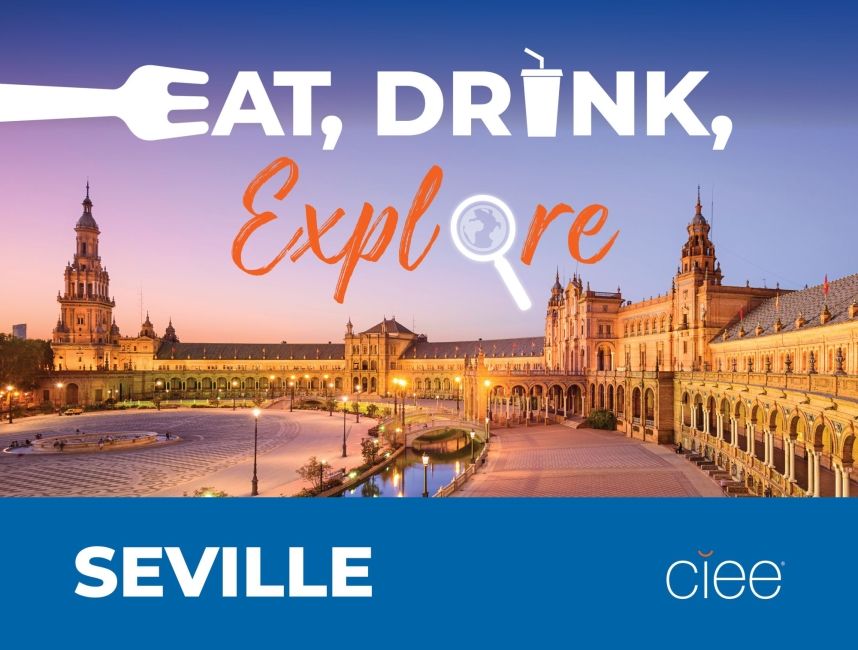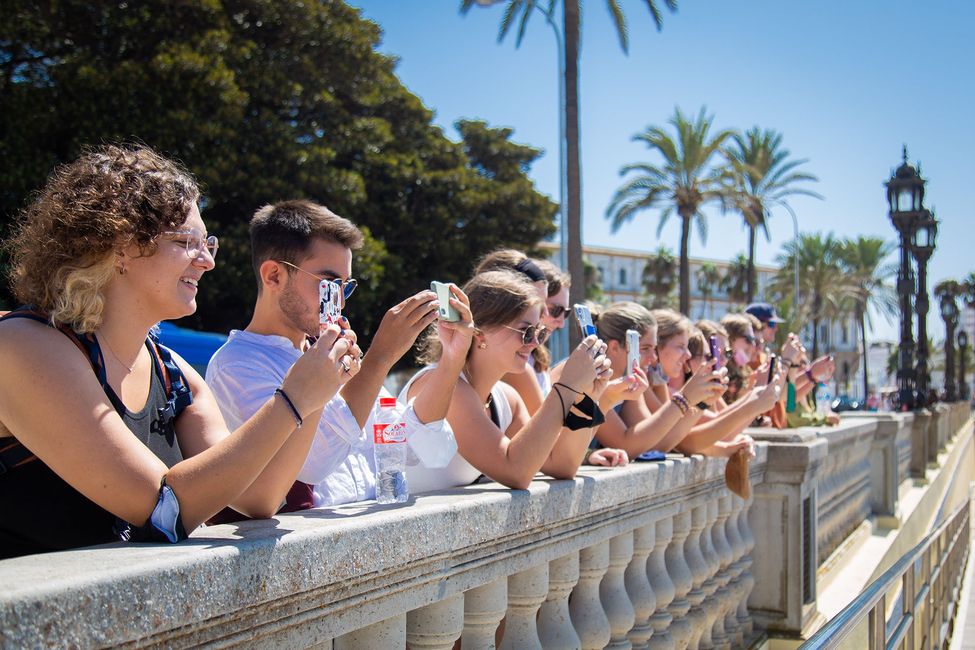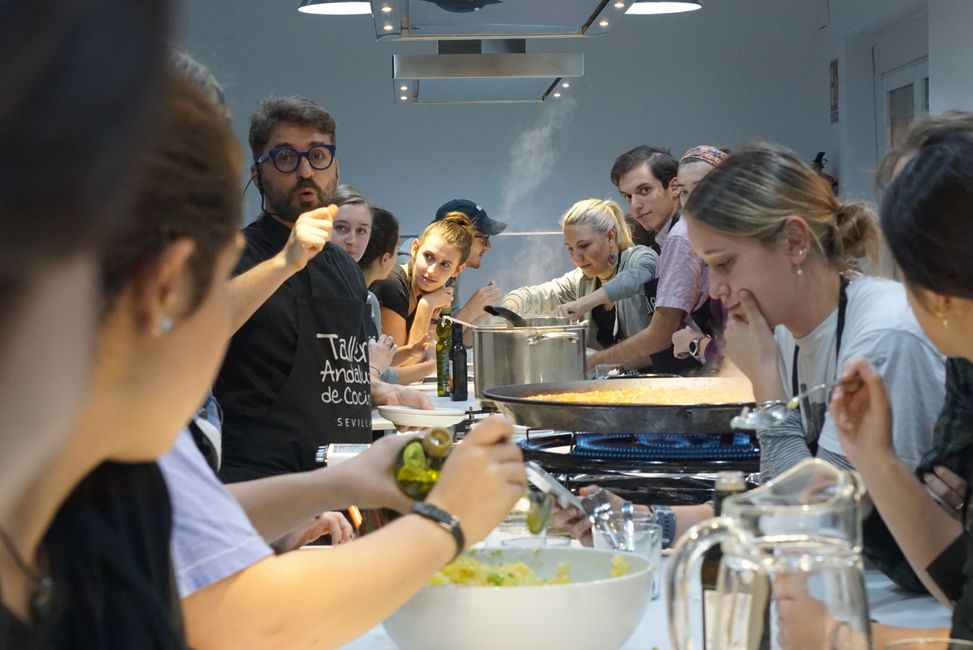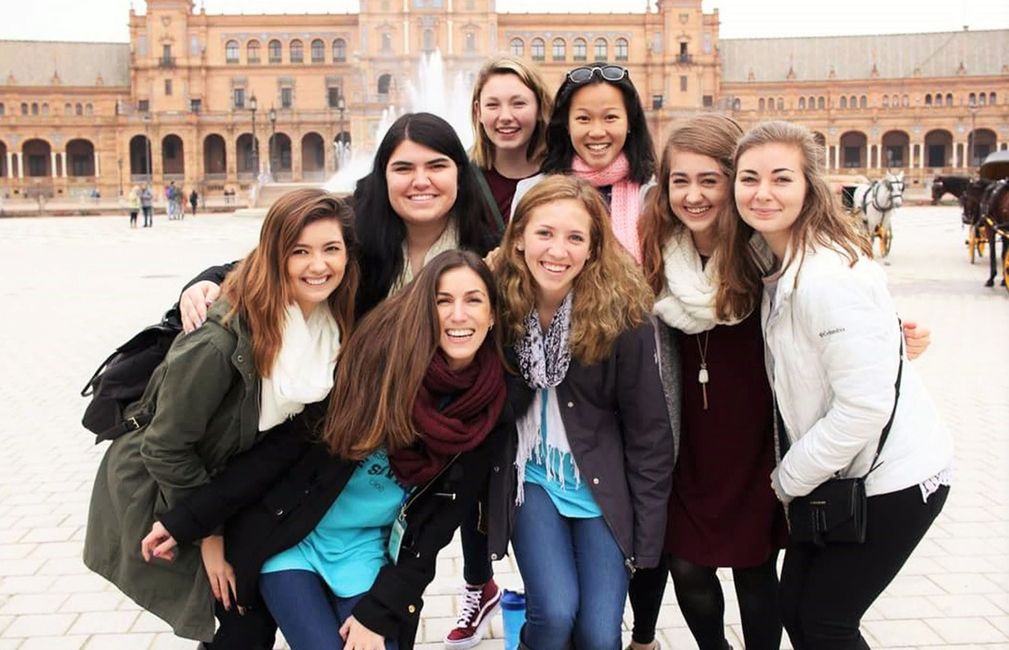EAT, DRINK, EXPLORE: SEVILLE
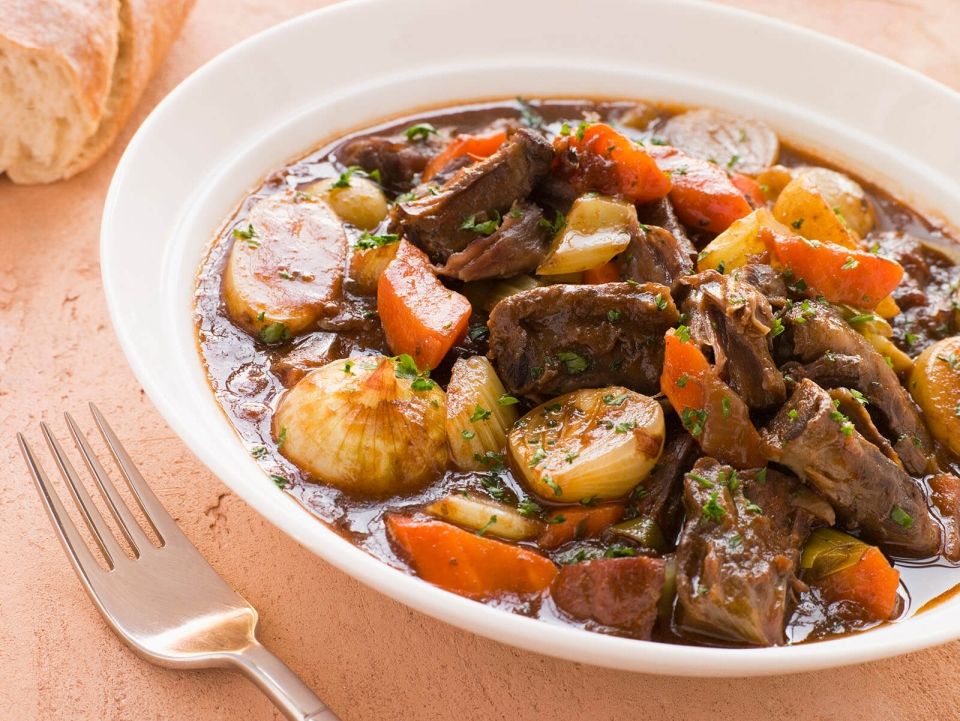
BEST FOOD TO EAT IN SEVILLE
Seville sits in Southern Spain and serves as the capital of Andalusia. The region’s cuisine is influenced by both its Mediterranean climate and its eight centuries of Moorish rule. Stewed bull’s tail, or rabo de toro is one of Seville’s most renowned dishes and well worth the culinary adventure. (But really, bull = beef. Not very adventurous unless you’ve never eaten a steak.) The meat is cooked on the bone for hours in a rich broth of wine and vegetables, rendering each tender bite filled with flavor. It was traditionally served after a bullfight, using the tail of the slain animal. Today, it is most commonly made with cow.
Top Cultural Foods To Try in Seville
Here are some of the top traditional foods to try while you're studying in Seville:
- Salmorejo: On a hot day in Seville, you'll love this local dish. Salmorejo is a cold soup that is somewhat similar to gazpacho, but it’s much thicker and creamier. It's made with a delicious blend of tomato, bread, olive oil, and garlic, and it is often topped with chopped ham and egg. It is a staple of Andalusian cuisine that is totally worth tasting!
- Espinacas con Garbanzos: This is delicious local tapa you will find everywhere in the city. It’s a savory dish of spinach and chickpeas, often seasoned with paprika and cumin. It showcases classic vegetable-based cooking that is a core part of Seville’s local food culture.
- Pringá: Pringá is a delicious, slow-cooked meat mixture often made from pork or chicken that is usually served as a filling in a small bread roll to make a sandwich. It’s absolutely delicious!

BEST DRINK IN SEVILLE
It’s no secret, Seville is one of Europe’s hottest destinations – with an annual average temperature of 77 degrees. There’s no better way to quench your thirst and shake off the Andalusian heat than with a granizado. Granizados are pureed ice mixed with fruit juice or flavored with syrup and served in a cup with a spoon or straw (think slushy.) My personal favorite is granizado de limón as the sour lemon juice balances the sweet syrup perfectly.
Top Cultural Drinks To Try in Seville
Here are some of the top traditional drinks to try while you're studying in Seville:
- Orange Wine: Orange Wine is a sweet fortified wine that is infused with the peel of Seville oranges, which is an iconic local tradition. You can find it in bars all over the city, and it makes a perfect after-dinner drink to round out your dining experience.
- Agua de Sevilla: This is a great drink to share with friends! Agua de Sevilla is a famous local cocktail made with cava (sparkling wine), whisky, Cointreau, and pineapple juice. It's both popular and refreshing, so give it a try!
- Horchata: On a hot day in Seville, nothing is more refreshing than a glass of Horchata. This is a delicious drink made from tiger nuts that is served ice cold.
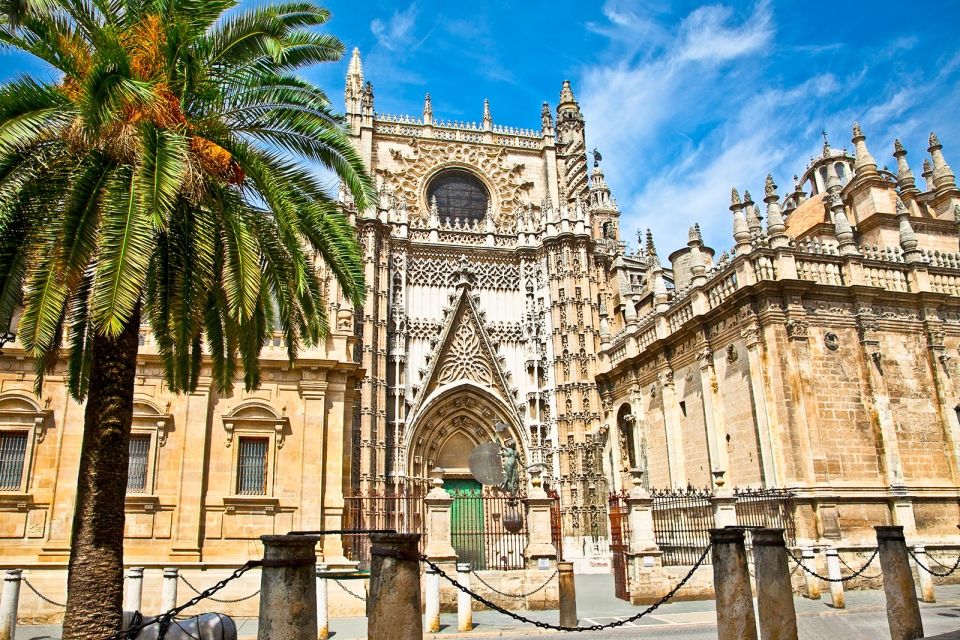
BEST PLACE TO EXPLORE IN SEVILLE
Seville’s Cathedral is one of the largest in Europe and a great example of its Islamic and Gothic past. Construction started on the site of a mosque in 1401 and was completed in 1506. It is home to the tomb of Christopher Columbus, although some question whether his remains are really inside. More certain is the fact that at 125,000 square feet, the Seville Cathedral is the largest Gothic structure in the world. It also houses the world’s largest altarpiece that features 45 woodcarvings from the life of Christ – by Flemish craftsman, Pieter Dancart.
Top Cultural Attractions to Visit in Seville
Here are some of the top cultural attractions to visit while you're studying in Seville:
- Real Alcázar Palace: This stunning royal palace showcases an incredible mix of Christian and Mudéjar architecture. The palace is known for its beautiful courtyards, detailed tilework, and peaceful gardens. Learn about the local history and enjoy a tour at this incredible palace!
- Seville Cathedral: This massive Gothic cathedral is a stunning sight to see, and it’s the burial place of Christopher Columbus. Its bell tower, the Giralda, was once a minaret and is an important symbol of the city's Moorish past. Plus, you can climb to the top for a great view of the city!
- Barrio Santa Cruz: This is the historic Jewish Quarter of Seville that features a maze of narrow streets, whitewashed houses, and hidden squares with beautiful patios. Feel free to get lost here and get a first-hand glimpse of the medieval history of the city.
Related Posts
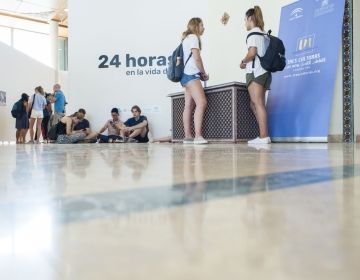
A look at the daily life of migrants in Seville
By looking for the exceptional, the photographer finds that which is common to all individuals: the desire for a place to call home, a peaceful environmente in which to grow... keep reading
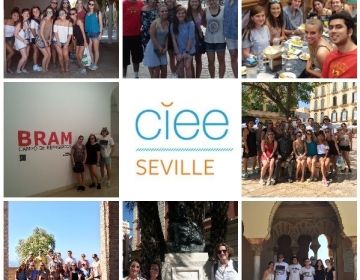
LANGUAGE AND CULTURE PROGRAM / SUMMER 2017 NEWSLETTER
Greetings from Sevilla! We have just ended the third session of the Summer Language and Culture (LC) program in Sevilla. We have had three sucessful sessions in which students had... keep reading
